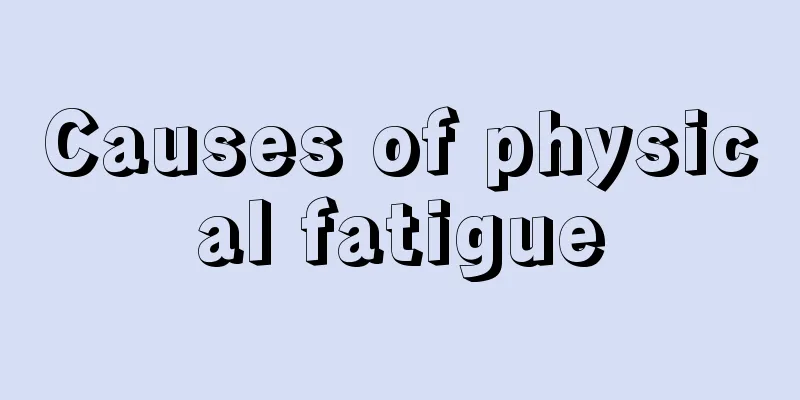How is reflux esophagitis graded?

|
I think everyone knows very little about reflux gastritis. Reflux gastritis is divided into many levels, from level 0 to level V, and the levels vary depending on the severity. If you have reflux esophagitis, you will have difficulty swallowing, which is usually accompanied by pain and a burning sensation in the chest. You may even experience food reflux after eating. Next, I will tell you how reflux esophagitis is classified. Reflux esophagitis refers to the reflux of gastric and/or duodenal contents into the esophagus. Gastroesophageal reflux can be divided into physiological and pathological types. Physiological gastroesophageal reflux is common in normal people and has no clinical significance. However, if reflux occurs more frequently than in normal people and the acidic digestive gastric juice, pepsin, bile, and pancreatic juice cannot be cleared in time, it will cause inflammation, erosion, ulcers, fibrosis, and other lesions of the esophageal mucosa, which is gastroesophageal reflux disease (GERD). The symptoms of reflux esophagitis are easily confused with those of peptic ulcer and can be misdiagnosed. Tytgat recently proposed a revision. He believed that it was inappropriate to classify superficial erosions as grade I lesions. Barrett's esophagus can be seen in all grades and should not be included in grade IV alone. He combined several classification suggestions in the literature and proposed a new classification standard as follows: Grade 0: There is no evidence of esophageal mucosal damage caused by reflux, the esophageal squamous-columnar junction (SCMJ) is clear, there is no evidence of friability, and the distal esophageal mucosa is smooth and shiny. Grade I: There is mild patchy or diffuse erythema at the esophageal gastric junction or dentate line (Z line) of the SCMJ, the SCMJ is slightly blurred and slightly brittle, and the distal esophageal mucosa has lost its luster, but these are often not interpreted as characteristics of mucosal damage caused by reflux, and there is no manifestation of mucosal destruction. Grade II: One or a few relatively scattered red dot-like or strip-like superficial erosions, with or without white sticky secretions. This linear erosion is usually small and often on the ridges of the esophageal mucosal folds. The damaged area is less than 10% of the esophageal area within 5 cm above the SCMJ. Grade III: A fused but non-circumferential erosive surface of the esophagus (regardless of the long diameter or the transverse diameter), covered with secretions or scab formation, involving less than 50% of the esophageal area within 5 cm of the distal esophagus. Grade IV: There is erosion and exudate surrounding the esophagus at the SCMJ, regardless of the size of the distal esophagus. Grade V: Ulcers or varying degrees of stenosis in any part of the esophagus. If you have reflux esophagitis, you must pay great attention to your diet. You cannot overeat and must control your diet. It is best to eat small meals frequently to reduce the reflux of food. Do not eat too much high-fat food to avoid reflux. You cannot eat irritating food, especially cigarettes and alcohol. Cigarettes contain a lot of nicotine, and smoking is very harmful to the body. |
<<: What should I do if I have long-term cervical pain?
>>: Why does my skin itch after taking a shower?
Recommend
Feeling scalp pain
Many people often feel scalp pain and want to fin...
What causes skin diseases
Skin disease is a relatively broad concept and on...
Why do I have swollen eye bags when I wake up
Many people will experience swollen eyes after wa...
What types of liver cancer can be divided into? What are the common treatments for liver cancer?
When it comes to liver cancer, I believe many peo...
Pain under the throat
Pain under the throat is a symptom that many pati...
How long can a benign stomach cancer patient live
Gastric cancer indicates that the cancer cells in...
How long does it take for the swelling in the neck to go away after taking medicine for hyperthyroidism
We know that many patients with hyperthyroidism h...
How many kinds of tea are there
We should all be familiar with tea. It has high n...
What to do if oral mucosa is damaged, 3 things to pay attention to
Many of our friends have suffered from oral ulcer...
Is physical therapy useful for weight loss
As society develops better and better, people'...
Is there a high chance that a pituitary tumor will heal on its own?
In many people's minds, people now pay more a...
Hair gradient color
With the improvement of living standards, people ...
Can sea cucumbers be eaten after being soaked for a long time?
Fresh sea cucumbers usually have a relatively sho...
How to choose underwear that can improve sexual performance
With the improvement of living standards, we have...
Can constipation induce cervical cancer? What causes cervical cancer?
Everyone has heard that cervical cancer is a majo...









